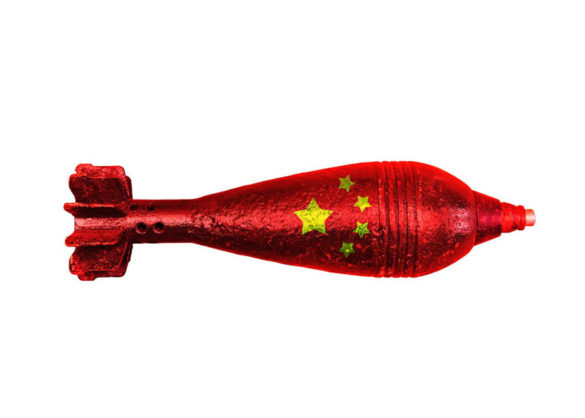
How to Explain Chinese Aggression and Its Impact
Leading China analyst, Michael Pillsbury, wrote in the Hundred Year Marathon discussing the importance of Warring State tactics and the concept of shih. China has been much more aggressive this year. Since Pillsbury wrote his book years ago we might consider models for their behavior.
Using the shih model for Chinese behavior we can conclude that China believes the COVID virus has changed the balance of power, or shih, between America and China. While that might explain their behavior, it fails to account for the effect of their behavior and the possible push back it will bring.
The concept of shih has beguiled translators because it is a nuanced concept that isn’t expressed easily in a single English word. As a result it has a multitude of translations with even more lengthy analysis. In it’s basic form shih has to do with temporary and ephemeral power as a result of relative combat strength, movement of forces, and morale.
The concept of shih has been translated by various scholars as circumstances, situation, momentum, strength, tactical power, force, influence, authority, energy, and potential energy. Others have used condition and condition of power. Yet others used circumstances, situation, force of circumstances, and authority from specific positions or situations. The translator of the leading Confucian scholar Xunzi used the term advantageous circumstances. Ralph Sawyer in translating the Seven Military Classics relied on the term strategic configuration of power.
Just from these different translations one can get a sense of the varying meaning of the term. While the term is hard to translate it is used frequently by Chinese analysts and military officials to designate their temporary positions of power.
The results of the COVID virus could easily be a part of that analysis. The virus has crippled or hampered much of the world in both economic and military terms. To cite one small example of the impact we might consider the USS Roosevelt. The Nimitz class carrier was forced to dock for weeks as it quarantined its sailors. That affected what might be available to counter China due to the rule of thirds. For every one ship deployed there is one crew resting and another ship refitting while their crew trains. This means that the U.S. only has a third of its total carrier fleet, or three of them available at any one time. If the Roosevelt was docked due to illness, another is in the Middle East helping support operations against ISIS or anti-piracy missions, that leaves one carrier group responding to any humanitarian or military emergency across the world.
Since China has developed an astounding amount of missiles and small craft in an effort to overwhelm American defenses and create a small bubble in which they can operate with impunity (called A2AD by specialists), the virus showed how difficult it could be for U.S. forces to respond to any crisis. Long term, the Chinese might think that a tipping point has arrived, and they can be more aggressive because of their temporary situation of power (shih).
This is seen in the their aggressive, wolf warrior behavior. This year China has aggressively flown airplanes over the de facto border with Taiwan. They have tried to stop Taiwan from attending WHO COVID events. They essentially had a small border war with India. In a tit for tat with America they have expelled diplomats and put sanctions on key individuals. They continue to oppress Uighur Muslims and put them into concentration camps and crack down on democratic protestors and civil liberties in Hong Kong.
While this shih model might explain their attempts to capitalize on world disorder through aggressive behavior, the term itself only refers to temporary advantages. And I would caution on readers relying on any single model. China’s aggression has caused Australia to begin massive military spending increases, Vietnam has hosted American carriers twice, Japan is looking to change its constitution to increase its army and buy long range missiles and there are increased calls for a coalition against China. The shih model is explanatory about why the current crises seem to multiply, but they don’t explain their impact.
Source: https://opslens.com/how-to-explain-chinese-aggression-and-its-impact/